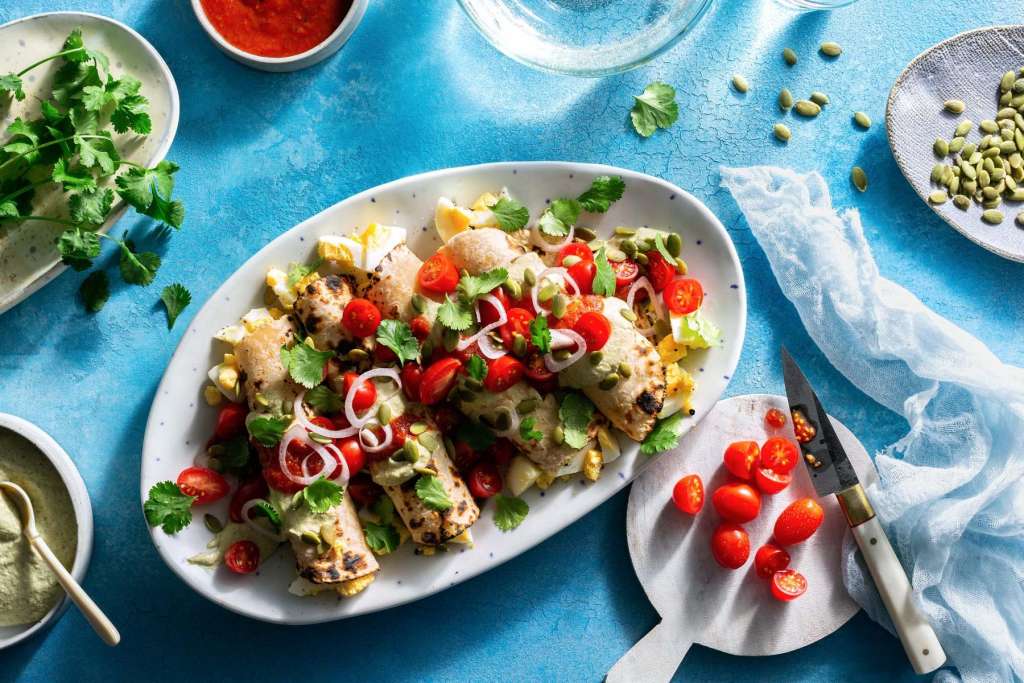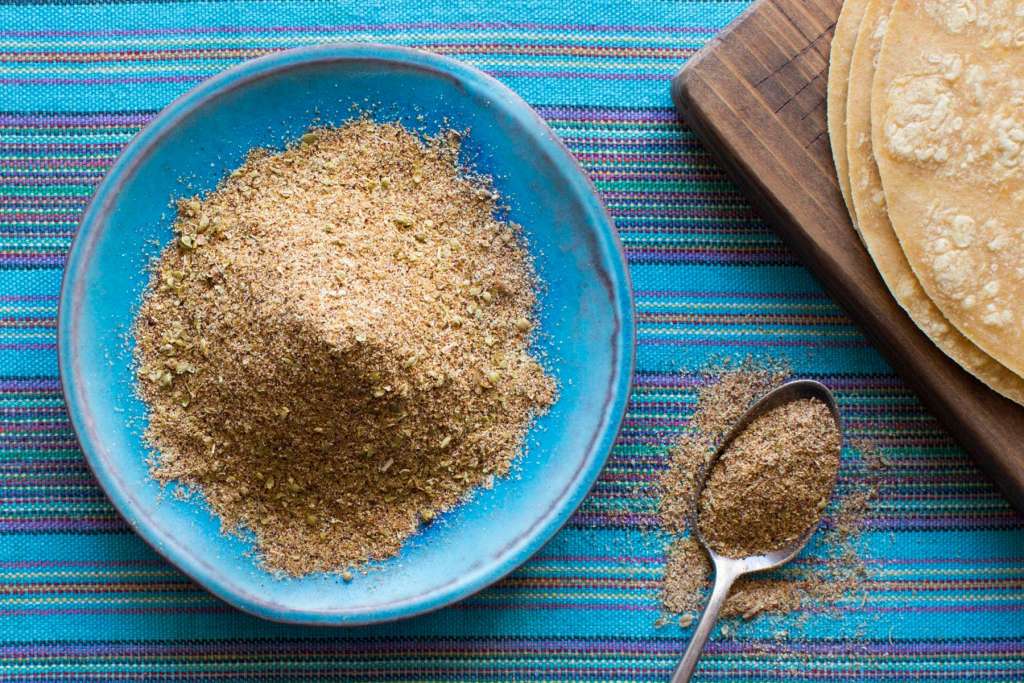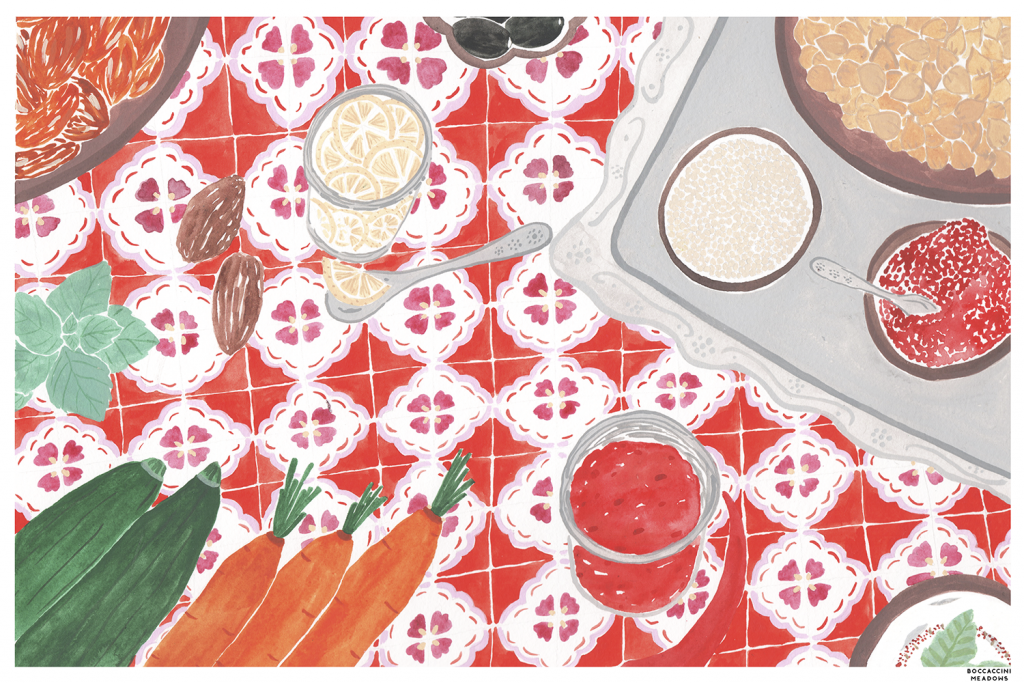Yucatecan cooking: Don’t call it Mexican.

People on the Yucatán Peninsula, the peninsula that separates the Gulf of Mexico from the Caribbean, will be quick to tell you that they are Yucatecan, not Mexican; their food also has a flavor very different from what’s found elsewhere in the country. The region’s dense jungles yield wild rabbits, turkeys, and quail, the primary sources of protein, along with fish from the Gulf Coast. The influence of the early Maya is very much alive here: many popular dishes, such as sikil p’aak and cháamchamitos (a kind of tamal) still go by their Mayan names.
Crops like corn, squash, beans, cacao, and vanilla, which form the foundation of Mayan cuisine, were grown here long before the first Europeans arrived. Yet despite their staunch regionalism, Yucatecan cooks have still absorbed culinary influences from the Spanish, Dutch, and Lebanese (who emigrated to Mexico in large numbers in the years that preceded World War I). The Yucatecan larder is incredibly diverse, reflecting the region’s rich history. Here are a handful of ingredients that help define this distinctive cuisine.
Achiote
Ancient Maya used these seeds to make brilliant red ink, fabric dye, body paint, and to enrich the color of chukwa’, their sacred chocolate drink. Today achiote is primarily used as a food coloring for tamales, rice, and recado rojo, one of the region’s signature spice blends.
Habanero Chile
Among the hottest chiles in the world, these fiery, fruity peppers are eaten at almost every Yucatecan meal. No authentic Yucatán table is complete without a version of habanero salsa.
Mamey Sapote
These fruits have fuzzy brown skin and a vivid coral-colored flesh. Soft and sweet, their flavor is somewhere between a peach and a cantaloupe. They’re pureed into drinks and used in a wide range of sweets, including milkshakes, smoothies, and ice cream.
Pepitas (pumpkin seeds)
Squash seeds are as important to Yucatecan cooks as the squash itself. They appear in savory sauces and desserts and are the main ingredient in the Mayan pumpkin seed salsa known as sikil p’aak.
Sour Oranges
The Spanish brought these bitter fruits to the region in the 1500s, and they quickly became a staple. Also known as Seville oranges, they’re used in many salsas and to season the grilled pork cutlets known as poc chuc, one of the Yucatán’s most famous dishes. Because of their bright acidity, sour oranges are used like vinegar to both brighten a dish and for its preservative qualities.









